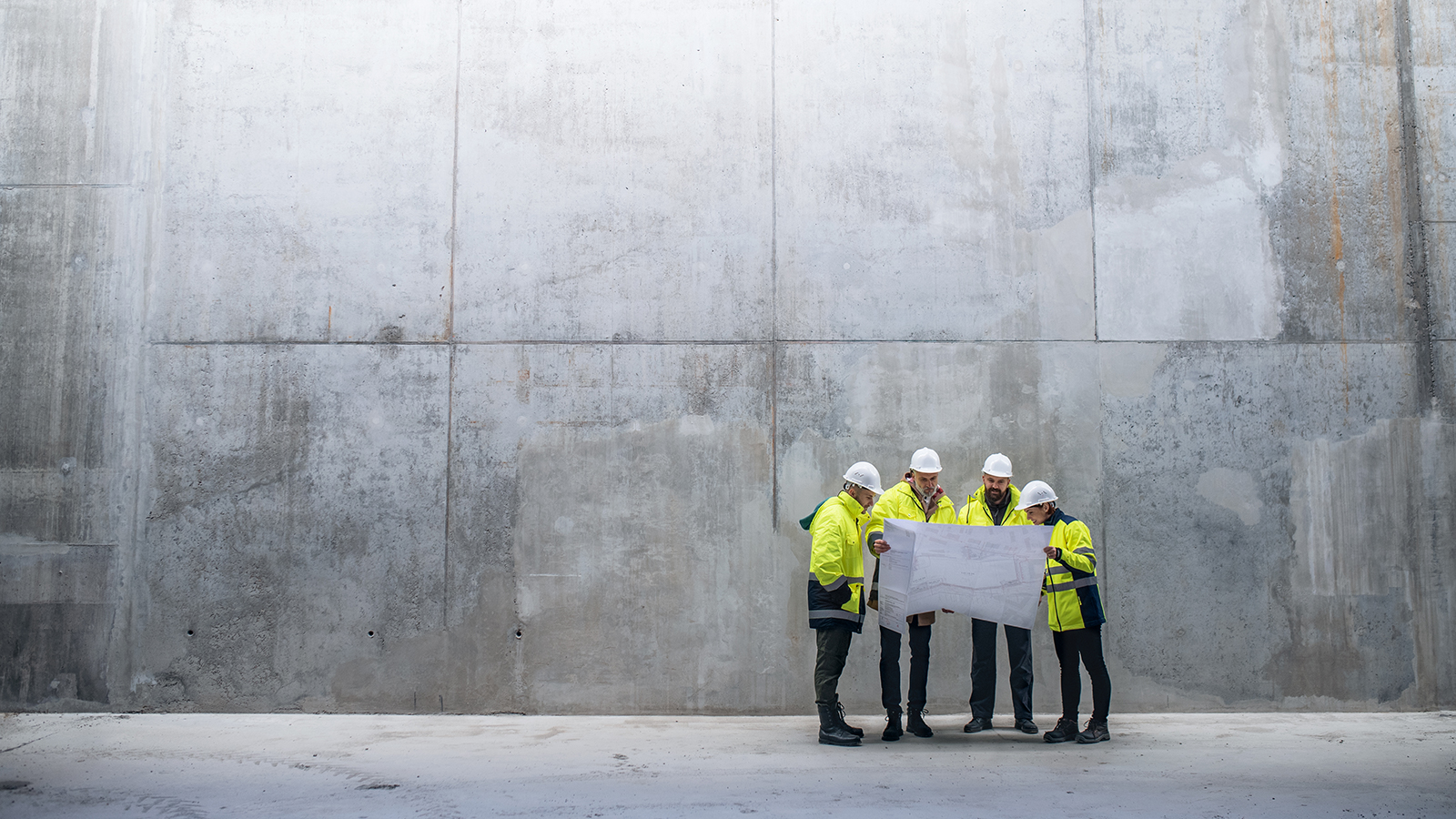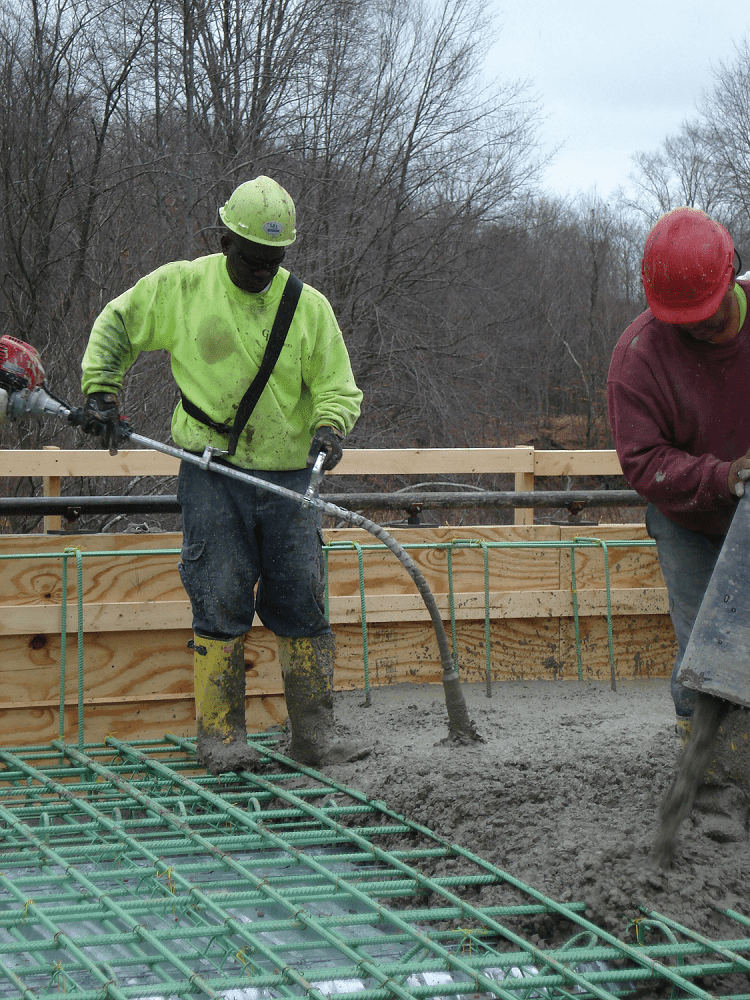Understanding the Numerous Applications of General Engineering Concrete in Diverse Industries
When you consider the lots of methods general engineering concrete impacts different markets, you'll locate its applications are both wide and important. From supplying tough foundations for transport networks to sustaining ingenious power remedies, this material plays a vital duty fit our facilities. What about its impact on metropolitan growth and environmental engineering? Checking out these aspects can disclose a lot more than you could anticipate.
The Function of Concrete in Building and Building Projects
Concrete plays a crucial duty in construction and structure tasks, comprising about 70% of all products utilized in modern-day structures. You'll locate it in structures, wall surfaces, and floorings, giving stamina and toughness. When you pick concrete, you're choosing a product that can endure weather, resist fire, and support hefty loads. Its flexibility enables numerous applications, from domestic homes to imposing skyscrapers.Mixing concrete with additives can improve its buildings, enhancing workability and setting times. You can also mold it right into various shapes, enabling for creativity in style. As you deal with your tasks, consider the ecological benefits of using concrete, such as its capacity to lower energy usage in structures. On the whole, concrete's dependability and flexibility make it a keystone of the building market, making certain that structures are not only useful however likewise secure and resilient.
Framework Development: Roadways, Bridges, and Passages
When it involves infrastructure development, roads, bridges, and passages are crucial elements that attach neighborhoods and facilitate transportation. You count on these frameworks daily, whether you're travelling to function or traveling long ranges. General engineering concrete plays an important role in their building and construction and durability. Its stamina and convenience permit engineers to create robust streets that stand up to rush hour and extreme climate conditions.Bridges, often extending rivers and valleys, call for particularly formulated concrete to guarantee safety and security and longevity. Using reinforced concrete in tunnel building not just supports considerable weight yet likewise boosts resistance against water seepage and ground motion.

Concrete in Transportation: Enhancing Mobility and Safety And Security
As you navigate through bustling cities and rural roadways, the function of concrete in transportation becomes obvious, significantly improving both movement and safety. Concrete's sturdiness assurances that roadways, paths, and bridges hold up against rush hour and extreme weather. This longevity decreases the demand for constant repair work, keeping your journeys smooth and reliable.In enhancement, the design adaptability of concrete permits ingenious frameworks like overpasses and tunnels, which effectively decrease blockage and enhance web traffic flow. You'll discover that concrete surface areas additionally give far better traction, decreasing the likelihood of crashes in wet conditions.Moreover, using concrete in railways assists maintain security and safety for trains, making your journeys extra efficient. In general, concrete's payments to transportation not only enhance your movement yet also substantially boost public safety, showing its necessary function in the framework you rely on day-to-day.

Power Market Applications: From Nuclear Power Plant to Renewable Energy
In the energy market, concrete plays a considerable function in the building and construction and operation of power plants and renewable resource setups. You'll discover it essential for building tough structures, sustains, and control frameworks that hold up against extreme problems. In thermal nuclear power plant, enhanced concrete frameworks guarantee security and longevity versus heats and pressure. West Coast General Engineering Concrete.When it pertains to sustainable power, concrete is critical for wind generator bases, photovoltaic panel mounts, and hydroelectric dams. It offers the stability needed to harness power effectively. You could not recognize it, but the concrete used in these applications is particularly developed to fulfill specific performance requirements, like resilience and resistance to environmental factors
Cutting-edge Concrete Solutions in Environmental Design

The Impact of Concrete on Urban Development and Landscape Design
Concrete plays a crucial function fit metropolitan development and landscape design, affecting every little thing from infrastructure longevity to aesthetic appeal. When you consider cityscapes, concrete frameworks like bridges, roads, and buildings enter your mind, offering a tough structure for metropolitan life. You'll notice how properly designed concrete paths and plazas improve public rooms, making them a lot more inviting and functional.In landscaping, concrete offers flexibility, allowing creative designs for patio areas, retaining wall surfaces, and ornamental features. You can produce special outside rooms that mix effortlessly with nature while preserving structural integrity. In addition, concrete's capability to stand up to weather extremes guarantees longevity, reducing the need for regular fixings.
Future Patterns and Innovations generally Design Concrete
As city landscapes develop, the need for cutting-edge concrete remedies is driving developments in general design. You'll observe fads leaning towards environment-friendly materials and lasting techniques. Researchers are focusing on establishing high-performance concrete that decreases ecological read this effect without sacrificing strength.Next-gen additives and blends, like recycled accumulations and bio-based materials, are gaining grip, enhancing toughness and minimizing carbon footprints. Smart concrete modern technology is additionally emerging, incorporating sensing units that monitor architectural wellness in real-time, permitting for aggressive maintenance.You might find that 3D printing with concrete is coming to be more feasible, allowing complex layouts and faster building timelines. In addition, the combination of self-healing concrete is on the rise, making sure longevity and decreasing repair work prices.
Regularly Asked Questions
What Are the Environmental Effects of Concrete Manufacturing?
Concrete manufacturing produces substantial carbon exhausts, consumes water, and depletes natural deposits. You can reduce these impacts by discovering lasting choices, optimizing mix designs, and including recycled products to lower your ecological footprint and enhance sustainability.
Exactly How Does Concrete Contrast to Various Other Structure Products?
Concrete's toughness and toughness frequently outperform products like timber and steel. It's versatile, cost-effective, and energy-efficient, but its environmental impact can be significant. You'll wish to evaluate these aspects when selecting building materials.
What Are the Various Types of Concrete Available?
There're numerous sorts of concrete available, consisting of standard, reinforced, high-strength, light-weight, and decorative. Each kind serves details functions, so you can choose the one that best fits your task's requirements and requirements.
Just How Is Concrete Recycled and Reused in Building?
You can reuse concrete by quick dry concrete squashing it into aggregate, which you after that reuse in new building and construction jobs (West Coast General Engineering industrial concrete). This procedure decreases waste, decreases prices, and reduces the ecological influence of sourcing new products for your builds
What Safety Steps Are Needed When Dealing With Concrete?
When collaborating with concrete, you need to wear protective equipment, like handwear covers and safety glasses, warranty proper ventilation, and utilize secure lifting techniques. Always comply with safety and security standards to protect against injuries and maintain a safe functioning environment.